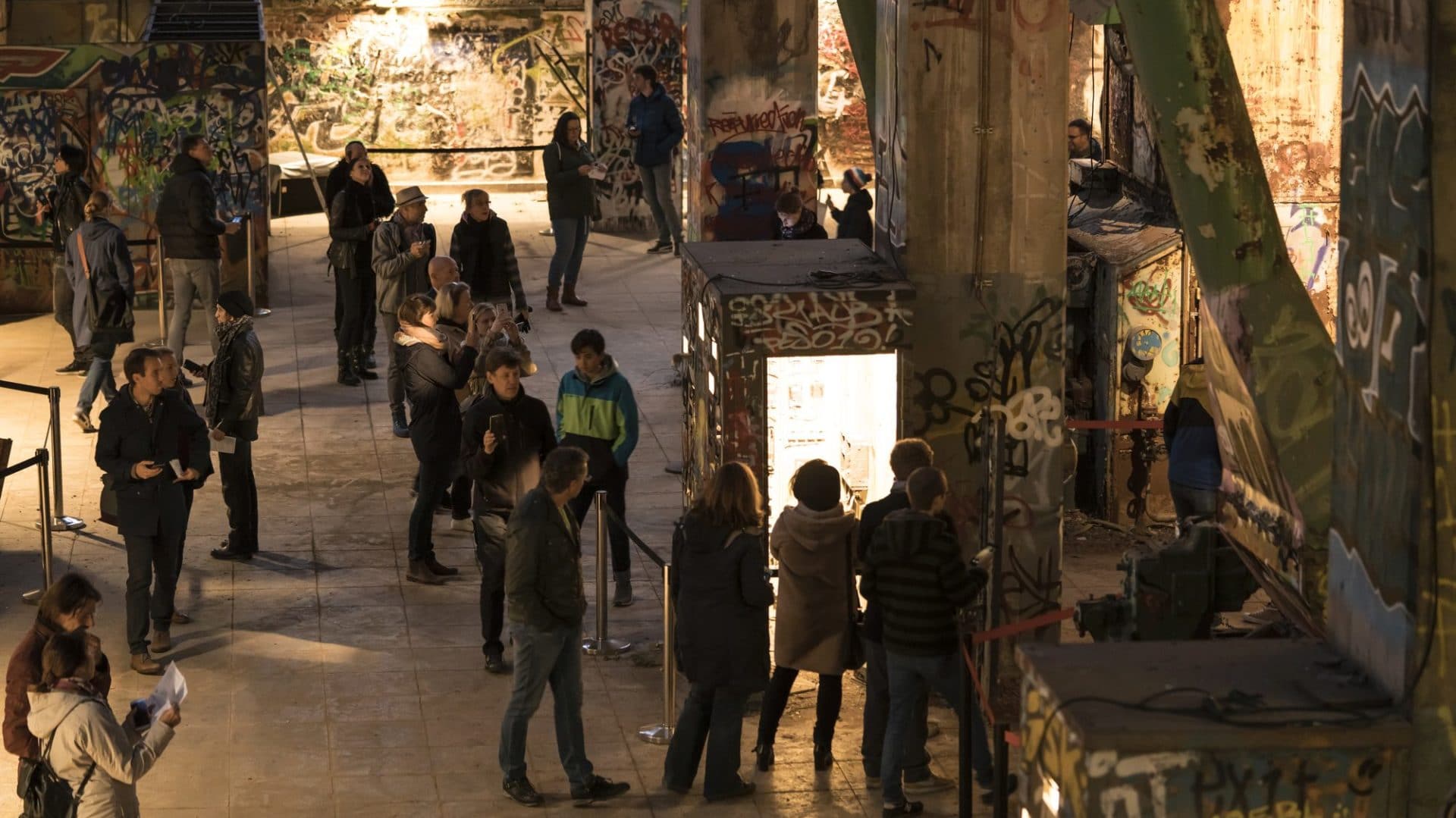Artistic Research
At Sofilab, our artistic research delves into the intersection of sound, technology, and human experience, focusing on these primary areas:
Designing for Deep Listening
Our research into deep listening involves creating interactive soundscape applications that not only offer high-fidelity auditory experiences but also integrate real-time user interaction. The challenge lies in maintaining the balance between immersion and interaction, ensuring that users are fully engaged within an authentic auditory environment. We prioritize the fidelity of the listening experience, carefully designing applications that enhance rather than detract from the sound.
Through projects like “The Planets,” an interactive orchestral experience based on Gustav Holst’s famous symphony, we’ve developed innovative techniques for capturing and spatializing live audio in outdoor settings. This project, being a collaboration with the Munich Philharmonic, illustrates our commitment to preserving the authenticity and vitality of live music while enabling a fully immersive binaural experience.
Our research also explores the impact of visual elements on audio immersion. Findings indicate that augmented reality (AR), while visually engaging, can detract from the auditory experience, leading to distractions and ergonomic discomfort. To counteract this, we’ve developed methods that encourage natural device interaction, improving user comfort and enhancing the overall listening experience.
Another significant project in this area is “Flow,” an audio-visual installation developed for the RE:ECM exhibition in Seoul, in collaboration with artist Lars Ullrich. “Flow” explores the concept of horizontal thinking in music, a characteristic of ECM’s recordings. The installation uses particle systems to generate continuous streams of 3D objects, visually representing the fluid dynamics of the music. These objects’ movements are governed by a physical 3D engine, with parameters tuned to the currently playing track. Visitors to the installation are drawn into the music through this immersive visual and auditory experience, allowing them to engage deeply with the music’s organic flow and internal motion.
“Flow” highlights our interest in how visual elements can enhance rather than detract from the listening experience, further deepening the concept of deep listening.
Artificial Intelligence in Music and Theatre
Our exploration of artificial intelligence (AI) in the context of music and theatre focuses on the dynamic interplay between human and machine. Through the “Lure” project, we’ve examined how AI can be integrated into live performance, creating interactive and empathetic digital characters that engage with musicians and audiences alike.
In “Lure,” we adapted the character of Parzival, from Wolfram von Eschenbach’s classic novel, into an AI-driven entity that learns and interacts with its environment. Our research involved developing prototypes that showcase different approaches to human-machine interaction, ranging from musical collaboration to theatrical expression. The goal was to create an AI that not only responds to human input but also expresses its own evolving “personality” through music and performance.
The “Lure” project serves as a prototype for how AI can transform the performing arts, offering new avenues for creativity and interaction. By combining machine learning with artistic expression, we aim to push the boundaries of what is possible in both music and theatre.
The MAYA Project: The Birth of Sofilab
The MAYA project is not only a significant artistic endeavor but also the foundational project that led to the creation of Sofilab. Conceived as a mixed-reality “Techno-Opera,” MAYA was staged in the industrial ruins of Munich-Aubing and combined augmented reality (AR) with interactive soundscapes to immerse audiences in a post-utopian narrative.
MAYA’s research objectives were centered on pushing the boundaries of traditional opera by integrating cutting-edge technology. The project explored how AR could enhance visual storytelling and how spatial 3D live sound could transform the acoustic experience. By blending live performances with electronic soundscapes and digital elements, MAYA redefined the boundaries of operatic performance.
The success and innovations of the MAYA project laid the groundwork for the establishment of Sofilab. It highlighted the potential of combining art with technology in new and transformative ways, inspiring the creation of a dedicated space where such explorations could continue and evolve. The techniques and insights developed during MAYA have since become central to Sofilab’s approach to artistic research and have informed many subsequent projects.

